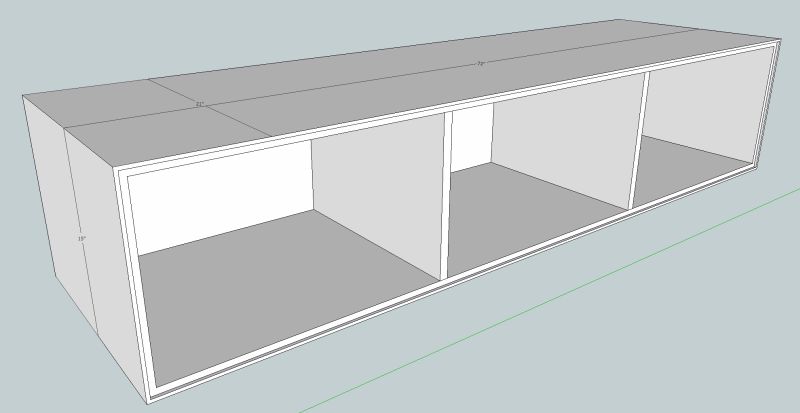Working with Zebra Wood
Zebra wood is splintery, twisty, smelly, and irritating — but beautiful, woodworkers say. January 25, 2013
Question
The only thing I know about zebra wood is that it is expensive. What kind of working characteristics does it have and what kind of finish would one use? I have a client that thinks it would be neat to use it in a cabana. This is in the heart of Kansas.
Forum Responses
(Cabinetmaking Forum)
From contributor J:
Beautiful, splintery (painful), wear a mask when sanding.
From contributor D:
Most use it quartersawn. It machines much like ribbon stripe mahogany, but harder. Should look great with an oil finish suitable for your specific application. Knives must be razor sharp.
From contributor A:
Our shop has used a lot of zebrawood. It smells awful, creates irritating sawdust, and the quartersawn material can develop cracks. However, it is an attractive wood, works easily enough, and finishes beautifully with either oil or a polymer finish.
The ribbon stripes are much finer than mahogany and occur via a different mechanism. The stripes in zebrawood are due to the alternating yellow and black growth rings. Flat sawn zebrawood has a flamboyant grain, kind of like oak on steroids, but warps and twists badly. Most zebrawood, also sold under the name zebrano, is sold quartersawn.
I'd use quartersawn material, but get a board or two of flat sawn to play with.
From contributor L:
It works easily enough, stinks, doesn't have any built-in luster. It may have some rather large voids - just fill them with epoxy or polyester resin colored to match the dark areas. An oil based finish will give it some depth. Grain filling with dark filler helps the overall look and smoothness of the finish. I actually like the look of the plain sawn material, wild!
